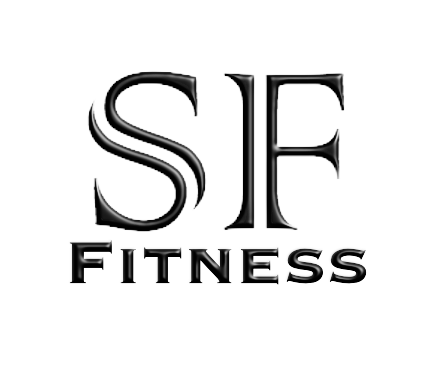Triphasic Training
Triphasic training is a type of physical training that was developed specifically for sports performance. Thriphasic was conceived by Cal Dietz, one of the top performance coaches in the profession. By this point, you might be wondering what triphasic training actually is (at least I hope you are if you’re reading this article). In its simplest terms, the training program has 3 “phases,” each one focused on a specific muscle contraction (eccentric, isometric, and concentric).
I’m going to give a small background on what triphasic training is, then discuss how I’ve implemented it into my athletes training. The easiest example to describe this type of training is on squat. Essentially, you will focus a micro-cycle period on each specific contraction happening on the squat.
Phase 1
For the first mico-cycle, or phase, you focus on the eccentric part of the movement. For the squat, this is the lowering part. The eccentric part should be long (almost an extreme slow lowering) of at least 4 seconds and the weight should be heavy (I use approx 85% 1RM). The athlete descends for the length of time, and then drives up. Ideally, the athlete can’t even stand back up, and will need help from spotters. We want to overload that eccentric movement, so keep in mind this is done for low volume sets.
Phase 2
The next phase is the isometric phase. To induce an isometric contraction, you would use a pause at the bottom of your squat. You only need to pause for about 2 seconds to develop that isometric contraction. Personally, I have my athletes holding for 3 seconds at the bottom. Again, the athlete may need help getting back up after the pause. That’s perfectly fine, because we aren’t working on the concentric part of the lift, yet.
Phase 3
The last phase is the concentric phase. The athlete will drop into their depth, and stand up as fast as they possibly can. In a perfect world, the athlete uses almost no energy on the lowering of their squat. One of the most fascinating parts of this, after already doing the isometric phase, the athlete will instantly stop at the exact depth of their isometric squats in the prior phase. The biggest thing with this phase, is the speed and explosion coming out of the hole.
Recently, at WVSU, I have implemented this exact training with my volleyball players. I’ve had so much success (just on their squats) that I plan on using the exact same format with my women’s soccer team in their preseason training. The football team will even be doing the same triphasic formula to get ready for a spring season. Now, you can periodize this many different ways. The simplest, and how I plan it, is 2 weeks of each phase for a total 6 week program.

Other Benefits
Not only are my volleyball players getting significantly stronger, their squat technique is almost night and day better. A few of my athletes have struggled to hit depth without an extreme shift in their squat. After just 3 weeks (2 weeks of eccentric and 1 week of isometric work), almost each squat is perfect. Their verticals are also getting better. Now, I have also programmed jump training for them, but their squats have played a big role in this, as well.
One of my other personal favorite parts of triphasic is the variation within just 1 exercise. A lot of my volleyball players have even mentioned how much they enjoy that they aren’t spending too much time just doing the same thing. One of them said, “I like how it’s always heavy, and I never feel like I’m doing the same thing.” Remember, this is just a basic barbell back squat. We aren’t changing anything about the exercise itself, but the athletes often feel like we are. This helps me, as a performance coach, to create more buy-in from players. We’re trying to develop better athletes, not better weight lifters, so many of them already don’t care for lifting weights. The variation between weeks helps keep their imagination going and keeps them wanting to put in work.

Another athlete told me, “I can feel my squat getting better because of those long lowering sets.” She was talking about the eccentric phase (at least I think, my athletes don’t always do a great job describing the specifics of their training). This volleyball player specifically, was one who could barely squat as soon as she put a bar on her back. However, after 3 weeks, she is one of the ones that has made massive technique improvements in her squat. She’s no longer using a bench or box to hit depth, and she no longer has an extreme shift to the left when she goes down. I wish I had a before picture to show the difference these last 3 weeks have made.
We’ve had huge strength improvements, technique improvements, and even confidence improvements among many of the girls that I’ve used this training with. Personally, I’m excited to see them take these weightroom improvements and translate them to the court. I also can’t wait to implement this training with my women’s soccer team because it’ll allow us to peak at the perfect time for games to start in the spring season.
If you want to learn more about the specifics of triphasic training and the in depth science, there is a book called “Triphasic Training: A Systematic Approach to Elite Speed and Explosive Strength Performance” written by Cal Dietz and Ben Peterson. I highly recommend checking it out. Cal also has a ton of videos to check out where he discusses more of the physiology and mechanics behind the training.
Check it out by clicking on the book cover below.



Recent Comments